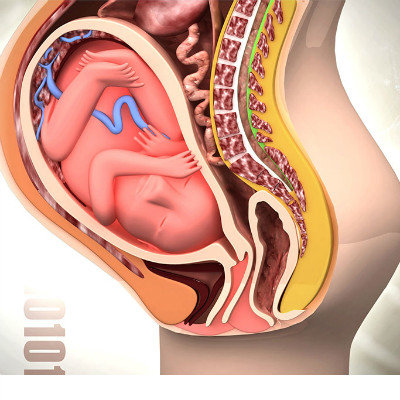What does ST segment change mean? heart disease?
summary
ECG refers to the heart in each cardiac cycle, from the pacemaker, atrium, ventricle successively excited, accompanied by changes in ECG bioelectricity, through the electrocardiograph from the body surface to lead out a variety of forms of potential changes. The changes of ST segment were elevation, depression and inversion. Let's talk about the meaning of ST segment change.
What does ST segment change mean? heart disease?
First, ST segment elevation can be seen in acute myocardial infarction, variant angina pectoris, pericarditis, viral myocarditis, acute pulmonary infarction, complete left bundle branch block, Brugada syndrome, early repolarization syndrome, cardiac biological invasion, left ventricular hypertrophy, cerebrovascular accident or brain injury, severe hyperkalemia, aortic dissection, etc
Second, ST-T segment depression can be seen in myocardial ischemia, subendocardial myocardial infarction, acute pulmonary embolism, myocardial hypertrophy, digitalis effect, acute pericarditis, hypokalemia, hyperkalemia, autonomic nervous dysfunction, endocrine disorders, myocardial amyloidosis, preexcitation syndrome, etc
Third, T-wave inversion can be seen in myocardial ischemia, cardiomyopathy, myocarditis, right bundle branch block, hypokalemia, juvenile T-wave, T-wave inversion of cardiac "memory", cerebrovascular accident, long QT syndrome, essential hypertension, etc
matters needing attention
The interpretation of isolated ECG ST segment changes must be very careful, and should always be combined with other available clinical data and laboratory tests to give clinical judgment. It is important to consider myocardial ischemia. It is suggested to improve other examinations, which can be diagnosed by coronary CTA and coronary angiography.














